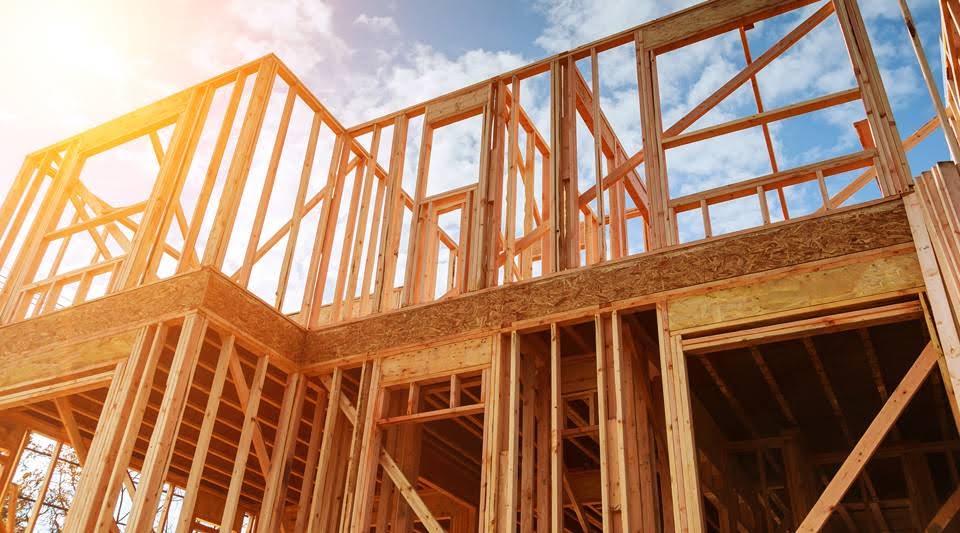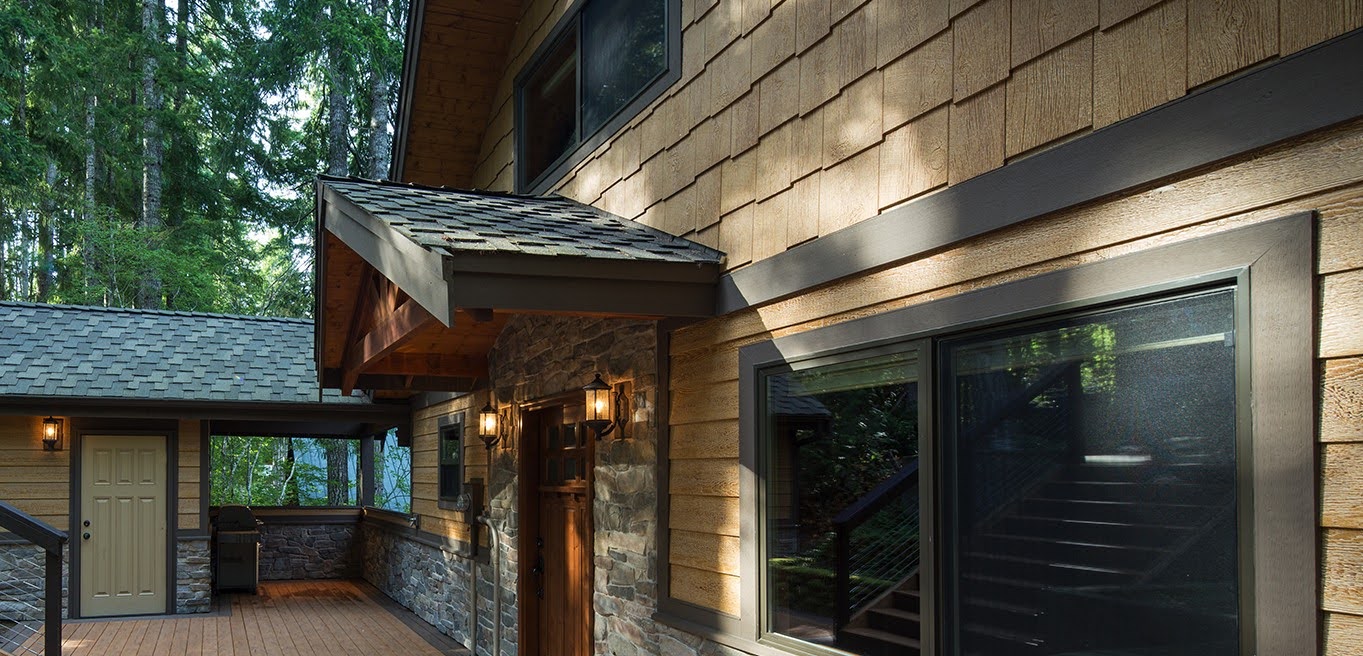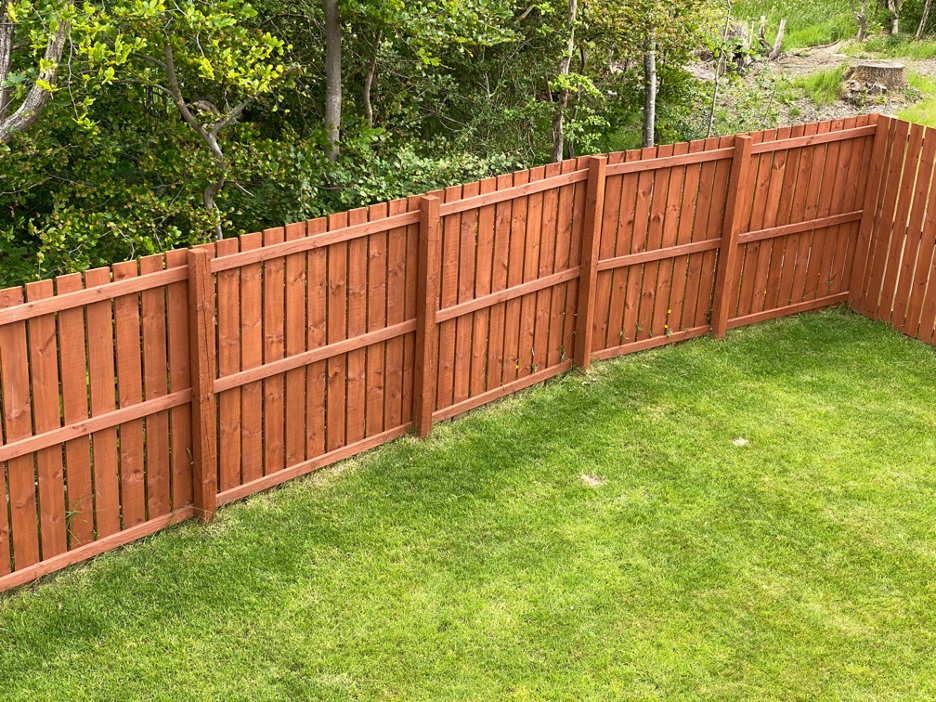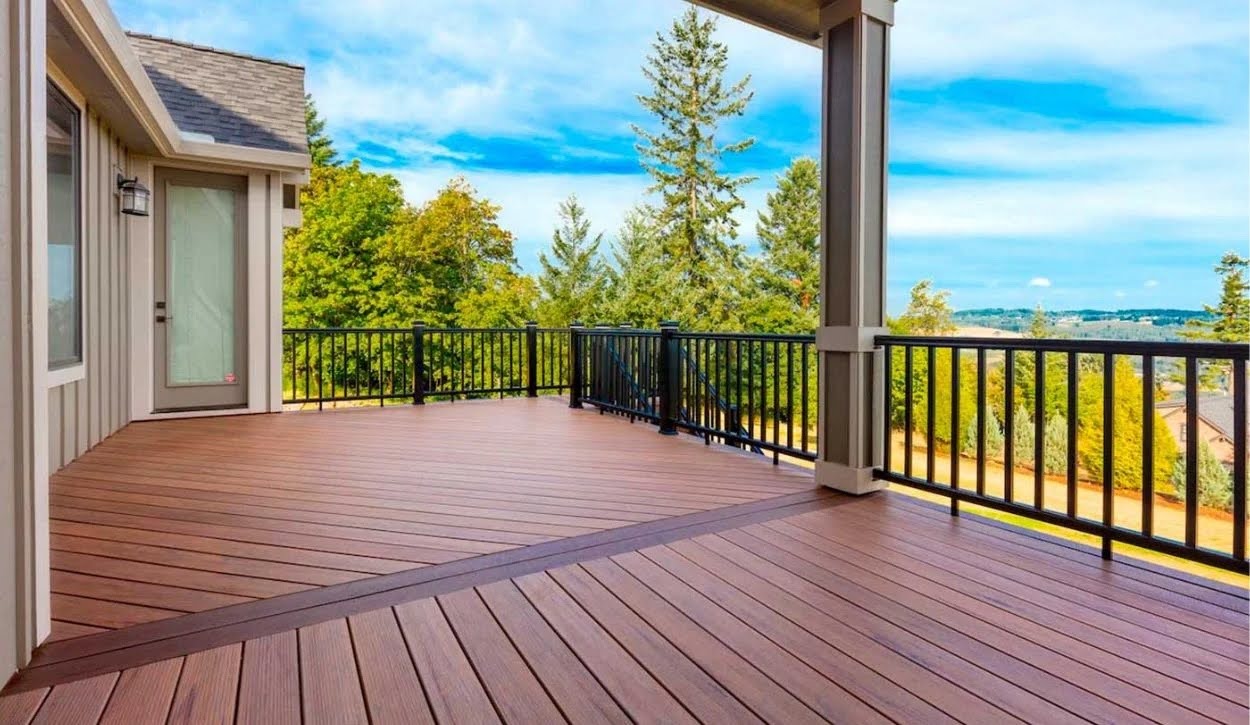When it comes to interior millwork, choosing the right molding material can make a big difference in both project outcomes and client satisfaction. Contractors and builders often face the decision between traditional wood moldings and engineered MDF (medium-density fiberboard) moldings. Each has its advantages, limitations, and ideal applications, and understanding these differences can help you make smarter purchasing decisions for your fall projects.
Fall is a prime time to stock up on millwork. With renovation and construction schedules ramping up in the last quarter of the year, having the right materials on hand ensures projects stay on track and clients remain happy. In this blog, we’ll break down the key differences between wood and MDF moldings, outline their respective benefits, and offer guidance on what to order this season to keep your projects efficient and high-quality.
Understanding Wood Interior Millwork
Wood has been the go-to material for interior moldings for centuries, and for good reason. Its natural beauty, durability, and versatility make it a favorite among builders who want to create premium, high-end interiors. But wood moldings also come with considerations that contractors need to keep in mind.
Pros of Wood Moldings
1. Natural Aesthetic and Premium Appeal
Wood moldings offer unmatched warmth and character. Each piece carries unique grain patterns and textures that add depth and richness to interiors. For clients seeking a classic, high-end finish, wood is often the preferred choice.
2. Durability
Solid wood moldings are strong and long-lasting. When properly installed and maintained, they can withstand everyday wear and tear far better than many alternative materials.
3. Versatility for Staining and Finishing
Wood can be easily stained to match existing woodwork or customized to complement new designs. For builders working on high-end residential projects or commercial spaces where the visual impact of trim is critical, wood provides a level of customization that is difficult to replicate with MDF.
Cons of Wood Moldings
1. Cost
High-quality wood moldings are typically more expensive than MDF. For builders managing tight budgets or large-scale projects, the price difference can be significant.
2. Susceptibility to Moisture and Seasonal Changes
Wood naturally expands and contracts with humidity and temperature fluctuations. In climates with significant seasonal variation—like fall in many parts of the U.S.—improper storage or installation can lead to warping, splitting, or gaps over time.
3. Longer Lead Times for Custom Orders
If your project requires specialty profiles or custom dimensions, wood moldings may take longer to source or fabricate, which can impact project timelines if not planned in advance.
Best Uses for Wood Moldings
Wood moldings are ideal for projects where appearance and longevity are top priorities. Consider specifying wood for:
- High-end residential homes
- Visible architectural features such as crown moldings and coffered ceilings
- Historic restoration projects
- Custom cabinetry and door casings
For contractors stocking up for fall, prioritizing wood moldings for premium projects ensures that your materials align with client expectations and seasonal scheduling.
Understanding MDF Interior Millwork
MDF moldings have gained popularity in recent years as a cost-effective alternative to wood. Made from wood fibers bonded with resin under heat and pressure, MDF offers consistent quality, ease of use, and reliable performance, especially for painted applications.
Pros of MDF Moldings
1. Cost-Effective
MDF is generally less expensive than solid wood, making it an attractive choice for projects with tighter budgets or higher quantities of trim required.
2. Consistent Quality
Unlike natural wood, MDF has no knots, cracks, or irregular grain. This consistency makes it easier to cut, paint, and install, reducing labor time and material waste.
3. Easy to Paint and Finish
MDF provides a smooth surface that accepts paint beautifully. For interior trim that will be painted white or other colors, MDF often results in a cleaner, more uniform finish compared to natural wood.
Cons of MDF Moldings
1. Less Durable in High-Moisture Areas
MDF can swell or warp when exposed to water or high humidity. It’s best suited for interior spaces that are dry, such as living rooms, bedrooms, and hallways.
2. Heavier Than Wood
While generally easier to handle for cutting and finishing, MDF is denser and heavier than some wood options, which can be a consideration when planning installation or shipping logistics.
3. Limited Staining Options
MDF doesn’t have a natural grain, so staining isn’t an option if a wood-look finish is desired. Painted applications work best.
Best Uses for MDF Moldings
MDF is an excellent choice for projects that require:
- Painted interior trim, baseboards, and crown moldings
- Budget-conscious residential or commercial projects
- Consistent, uniform moldings for large-scale applications
For contractors looking to streamline ordering this fall, stocking up on popular MDF profiles ensures you can meet project demands quickly and efficiently.
Key Factors Builders Should Consider
When deciding between wood and MDF moldings, several factors should guide your purchasing decisions:
- Budget: Wood provides premium aesthetics but comes at a higher cost. MDF delivers affordability and consistency.
- Project Type: High-end residential or commercial interiors may justify wood, while standard renovations or painted interiors can use MDF effectively.
- Seasonal Considerations: Fall weather can impact wood moldings if they are not stored correctly. MDF is less sensitive to temperature changes but still requires proper indoor storage.
- Client Preferences: Understand whether your client values natural wood grain or prefers a sleek, painted finish.
Taking these factors into account helps contractors make strategic decisions that balance cost, quality, and efficiency.
Quick Ordering Tips for Contractors
Fall is an excellent time to review your interior millwork inventory. Here are some tips to help contractors maximize efficiency when ordering this season:
- Prioritize high-demand profiles: Baseboards, crown moldings, and door casings are staples that move quickly.
- Stock both wood and MDF: Having options on hand ensures you can accommodate a variety of project specifications.
- Plan for lead times: Some wood moldings, especially custom profiles, may require longer delivery times.
- Check storage conditions: Proper storage prevents warping, swelling, and damage during seasonal temperature fluctuations.
By strategically ordering now, contractors can avoid delays and ensure that projects continue smoothly as the busy fall renovation season picks up.
Why Choose Evolution Supply for Interior Millwork
Evolution Supply offers a wide selection of interior millwork, including both wood and MDF moldings, designed to meet the needs of contractors and builders. With high-quality products, competitive pricing, and reliable availability, Evolution Supply makes it easy to stock up for fall projects and beyond. Whether your clients desire the premium look of natural wood or the consistent quality and paint-ready finish of MDF, Evolution Supply has the materials you need to keep projects moving efficiently.
Final Thoughts
Choosing between wood and MDF moldings doesn’t have to be complicated. By understanding the advantages, limitations, and ideal applications of each material, contractors and builders can make informed purchasing decisions that save time, reduce waste, and ensure client satisfaction.
For fall projects, consider stocking both materials: wood for premium, visible trim and architectural details, and MDF for cost-effective, paint-ready applications. By planning your interior millwork orders strategically this season, you’ll stay ahead of demand and deliver high-quality results that impress clients.
Contact Evolution Supply about our interior millwork selection today and ensure your projects are fully stocked with the materials you need to succeed this fall.
Frequently Asked Questions About Interior Finishes
Q: Which is better for high-end projects—wood or MDF?
A: Wood is usually the better choice for premium projects because of its natural beauty, durability, and ability to be stained or customized. MDF, while versatile and cost-effective, is best for painted trim and large-scale applications.
Q: Can MDF moldings be used in kitchens or bathrooms?
A: MDF is not ideal for high-moisture areas since it can swell when exposed to water. For kitchens, bathrooms, or basements, solid wood or moisture-resistant materials are recommended.
Q: Is MDF really more cost-effective than wood?
A: Yes. MDF moldings are generally less expensive per linear foot than solid wood, making them a budget-friendly option for large projects or when a painted finish is desired.
Q: Do wood moldings require special storage in the fall?
A: Absolutely. Wood expands and contracts with seasonal humidity changes. Store it indoors in a controlled environment to avoid warping or splitting.
Q: Should contractors stock both wood and MDF?
A: Yes. Keeping both on hand ensures flexibility—wood for visible, premium trim and MDF for cost-effective painted interiors. This strategy helps contractors meet diverse client needs without delays.




